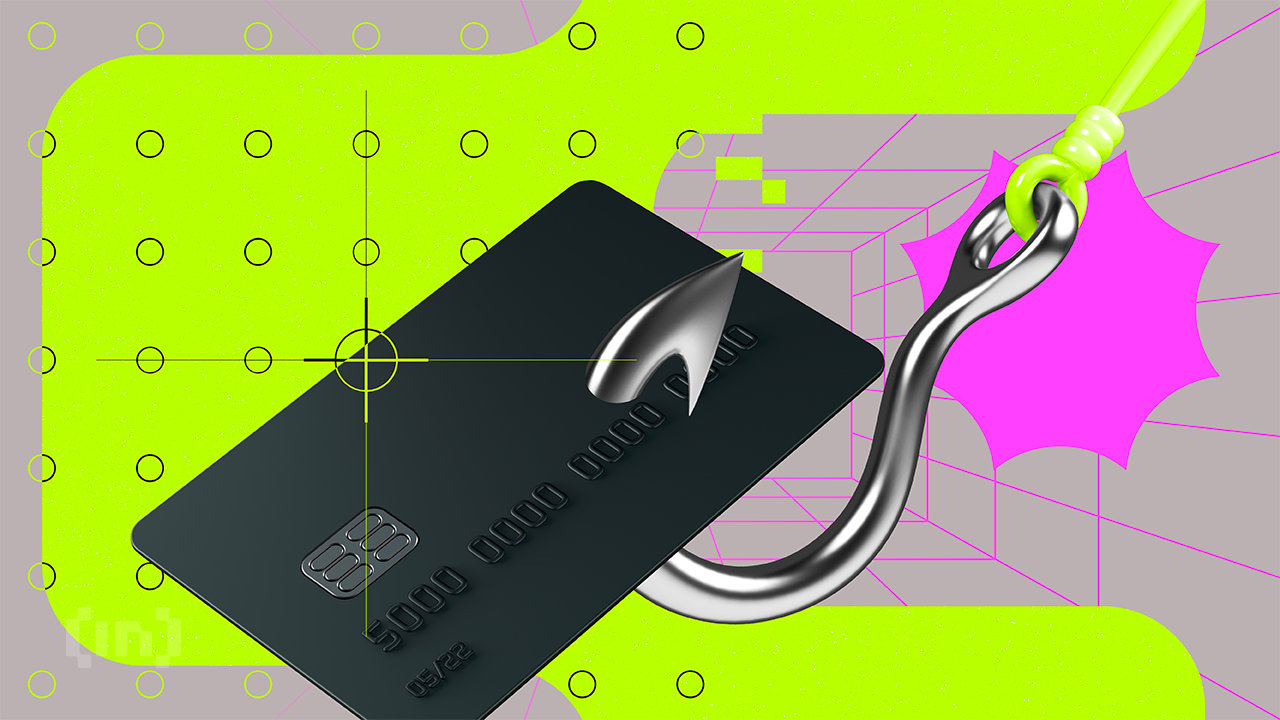The overwhelming majority of us need to exchange monetary energy for goods and services to survive in today’s society. The only controversy that remains is which products or services come before the opportunity to acquire more effort. It is a decision that is personal and unique to each of us. The answer should be thought of independently and regardless of whether that money energy is used in rate, dollar or yen – it is only the money energy saved – what’s left over – that’s relevant when it comes to the HODLer’s dilemma.
We will probably all save more BTC if we start trading more in BTC. First, when we shop for good money that is a proven value store, we are more inclined to be discerning in our purchases. Sure, we really want the new iPhone, but is it worth 5 million sat if you expect a sat to be worth a penny one day? We may decide to wait another year before upgrading and keep these efforts for the future. On the other hand, we all need food, shelter and clothing. If I have a choice between buying my meat from Costco with my Visa card, or buying directly from a rancher that accepts bitcoin, why wouldn’t I choose the latter?
Today, the number of merchants accepting bitcoin is relatively small, although they are growing steadily. As bitcoiners begin to understand that their “spend dollars, save effort,” theory may be counterproductive, greater numbers will begin to seek goods from merchants that accept bitcoin for payment. This increase in demand will drive merchant adoption, potentially shifting the timeline of a bitcoin economy significantly to the left.
More exchange equals more value
“As the number of users grows, the value per coin increases. It has the potential for a positive feedback loop; As users increase, the value increases, which can attract more users to benefit from the increasing value.” —Satoshi Nakamoto
This is where we sit today. There are a growing number of speculators and bitcoin enthusiasts who have bought into the idea that Bitcoin is a bona fide store of value. This community further believes that the asset’s scarcity will inevitably lead to a supply squeeze that will send the price soaring. Sure, it’s possible that this could happen just by HODLing, but as Satoshi Nakamoto points out, the value goes up when the numbers on users go up. Does the purchase and possession of an asset qualify as use? If the brilliance behind bitcoin enables peer-to-peer transactions without a third-party intermediary, are we really exploiting this ability by exclusively stacking and not spending?
I believe that bitcoin must become a true medium of exchange for it to fully realize its potential as a store of value. Since value is not derived from scarcity alone – demand is fundamental to bitcoin’s price. If bitcoin is utility becomes the driving force for demand, it is at this moment that its true potential as a store of value will be realised. Today’s economic and political backdrop is perhaps just the motivation we all need. But until bitcoin becomes an important part of our daily economic activity, it is apt to be valued alongside other speculative assets, and subject to the whims of the same fiat system it was meant to replace.
This is a guest post by Scott Worden . Opinions expressed are entirely their own and do not necessarily reflect the opinions of BTC Inc or Bitcoin Magazine.


